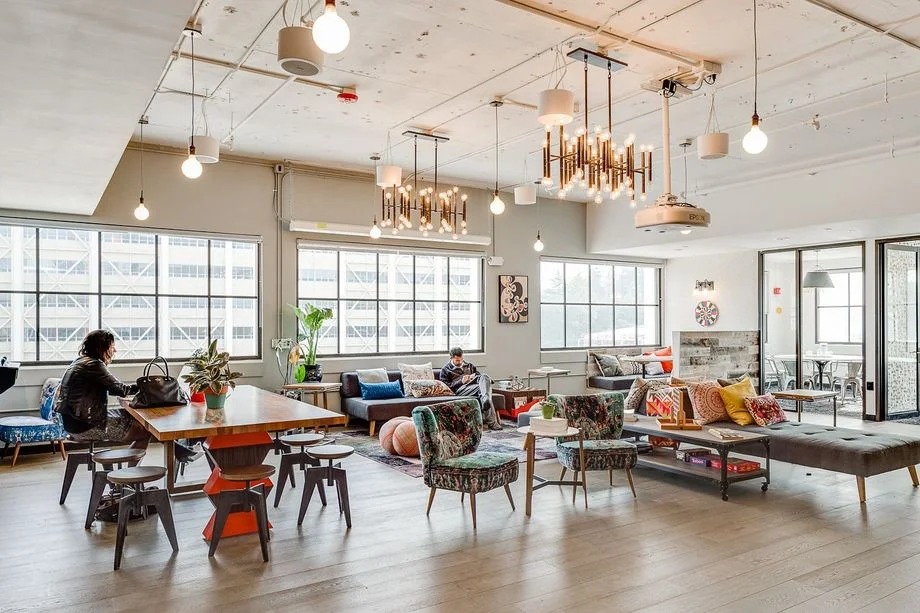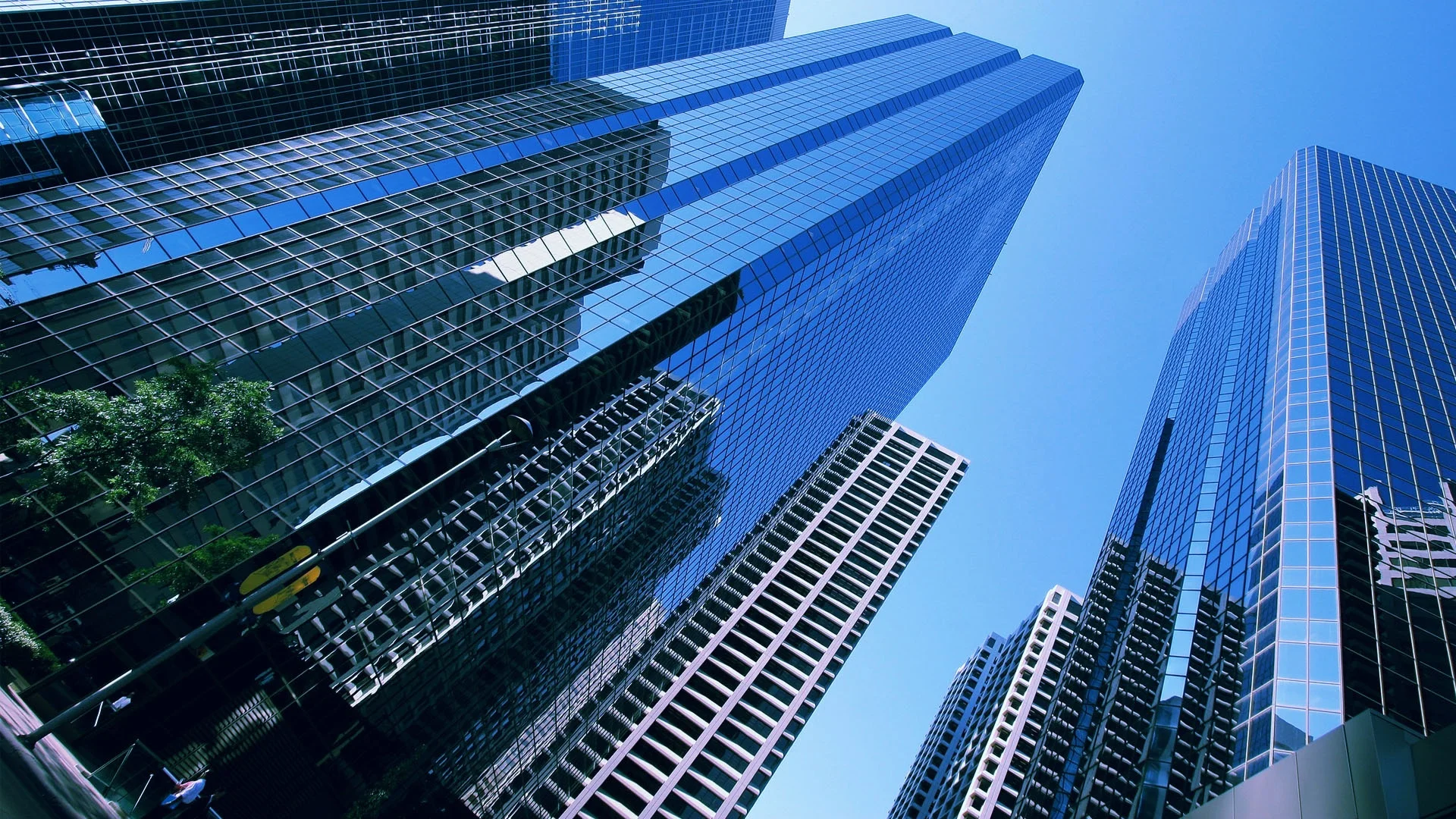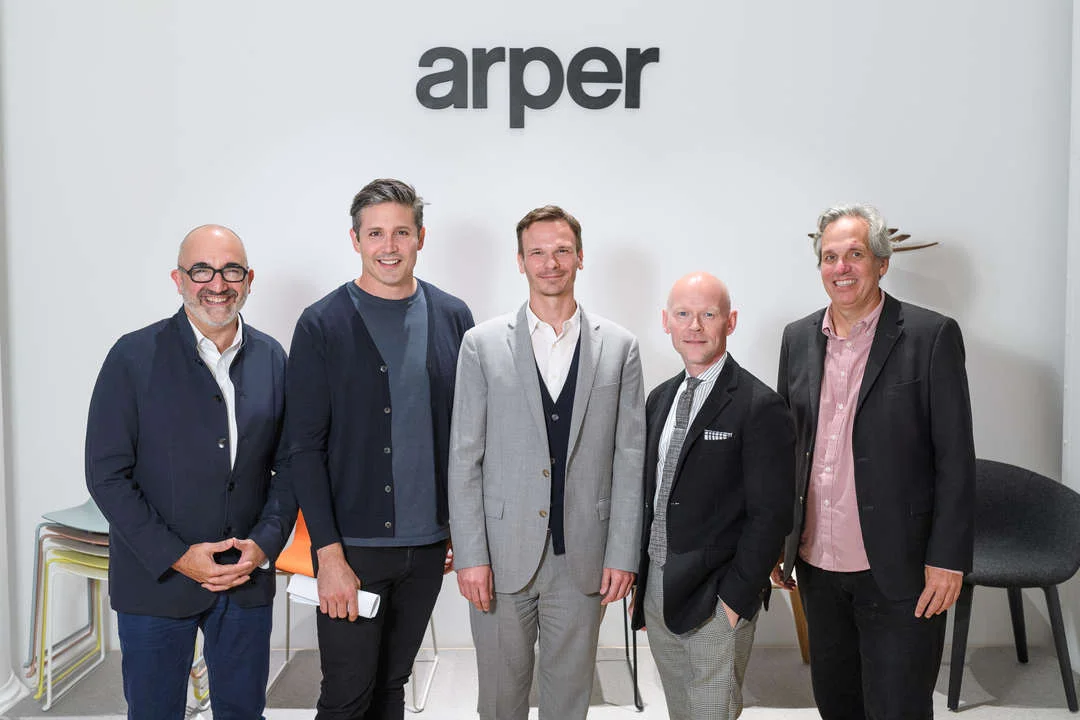The concept of the workplace is evolving. Historically, the quest was to design the perfect workplace focused on the infrastructure and physical design, taking into account technological transformations, with business cost efficiency being a major driver. This approach, however, often neglected the human aspects and how the talent interacted in and around the space and how productivity was maximised.
This "single serving" mentality - buildings to house workers and workstations for employees - ignores the potential to transform urban spaces in cities worldwide into more holistic and human-centric precincts. As a result, commercial areas, especially central business districts (CBDs) around the world, turn into dead areas after dark and on the weekends. But it need not be this way.

























